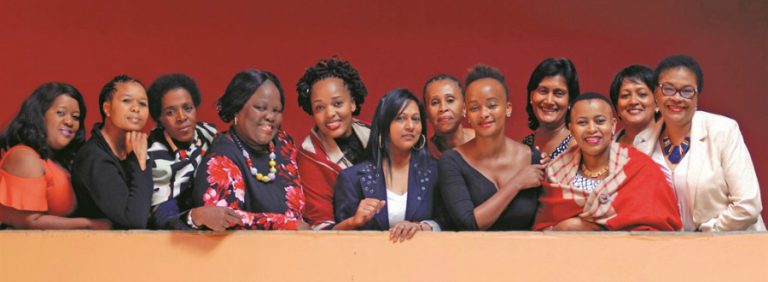The Future World of Work – Readiness, Relevance and Reinvention
How Will We Operate in the Future World of Work?
Author and Consultant Jim Collins says, “When a calamitous event clobbers an industry or the overall economy, companies fall into one of three categories: those that pull ahead, those that fall behind, and those that die. The disruption itself does not determine your category. You do.” The question is, which business category do you fall under? Pre-COVID companies already needed to be agile to stay ahead, now, simply put, agile companies are the ones who will pull ahead and not die.
In September 2019, before the pandemic struck McKinsey reported that, “Digitisation and automation could result in a net gain of up to 1.2 million jobs in South Africa by 2030, and companies need to move fast to capitalise on these opportunities.” This prediction was more spot-on that we could have imagined because within the space of six months, it was digitisation or the ability to digitise rapidly which saw businesses pull ahead, fall behind or disappear.
https://rocketpad.co.za/matoyana/african-warrior-women-feminist-activists/
The South African Fashion Week Model:
SA Fashion week is a good example of how a company can fortify itself strategically to face the unknown. Their pivot to online shows worked because they had they already had the readiness factor in place and sought to address their current relevance and then their necessary reinvention.
1. Readiness
CEO of SA Fashion Week, Lucilla Booyzen, says the company was already rethinking the future of the business before the government banned mass events, “Since January we’ve been developing a plan B,” says, “We are going to shoot the collections in isolation because the designers have already started designing their sample collections.”
2. Relevance
Lucilla Booyzen also notes that they were already concerned that the shows were becoming less about the designers’ collections and more about the people attending them. “Rather than spending lots of money and having big venues, we were looking at new ways of showing collections.” This, coupled with the fact criticism about the wastefulness of the fashion industry meant that becoming more “climate friendly” was already on the cards. SA Fashion week going digital makes it more sustainably relevant in the long term as runway shows use fewer models, make-up artists and production crew while more relevant people, such as health specialists, are brought on board to ensure a safe working environment.
3. Reinvention
The decision to take the Spring/Summer 2020 shows online impacted not only SA Fashion Week as a business, but everyone involved in it. In other words the whole industry needed to be on board to pivot and reinvent. As Neo Serati Mofammere, designer of the Johannesburg based label Nao Serati, says, “Right now Instagram is the strongest way to market and some people are using influencers. It doesn’t work for everybody but some designers would rather have an influencer wear their garments and some use good old word of mouth.”






